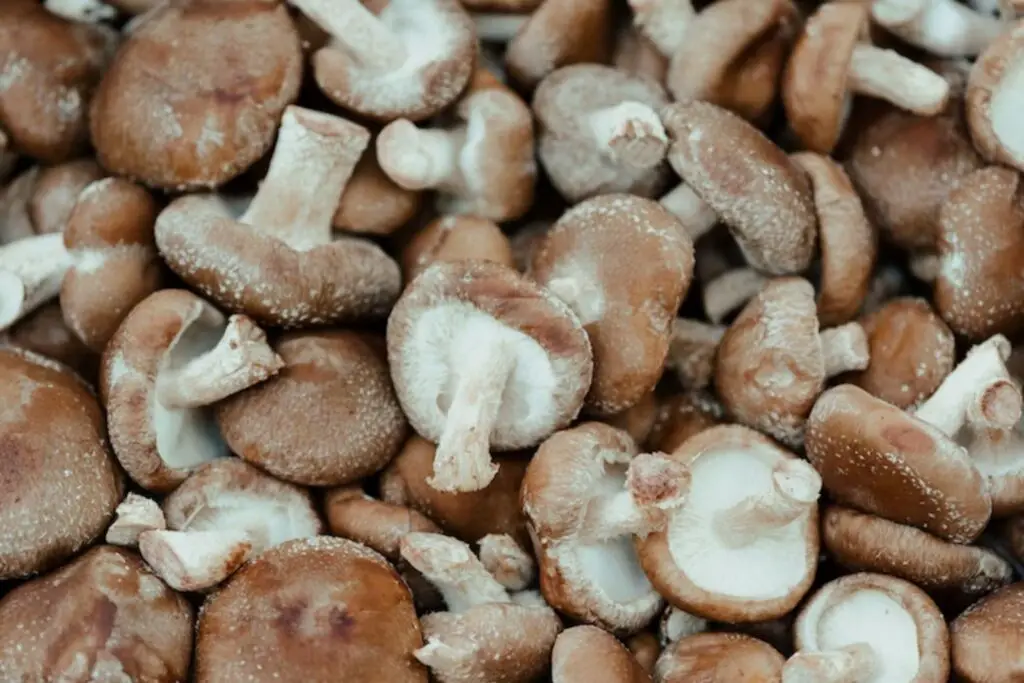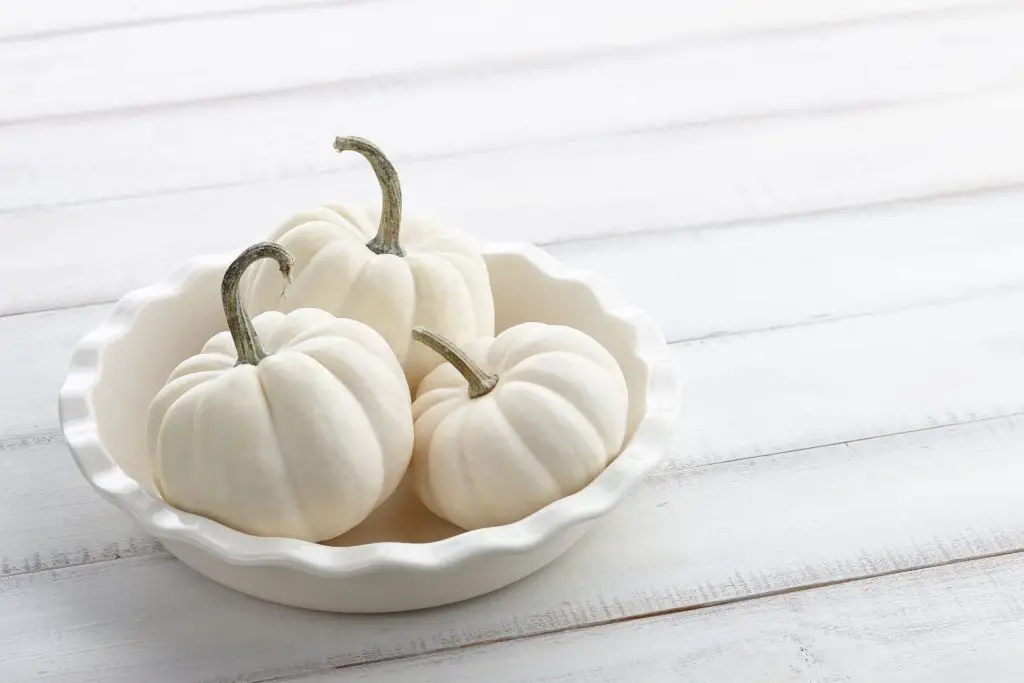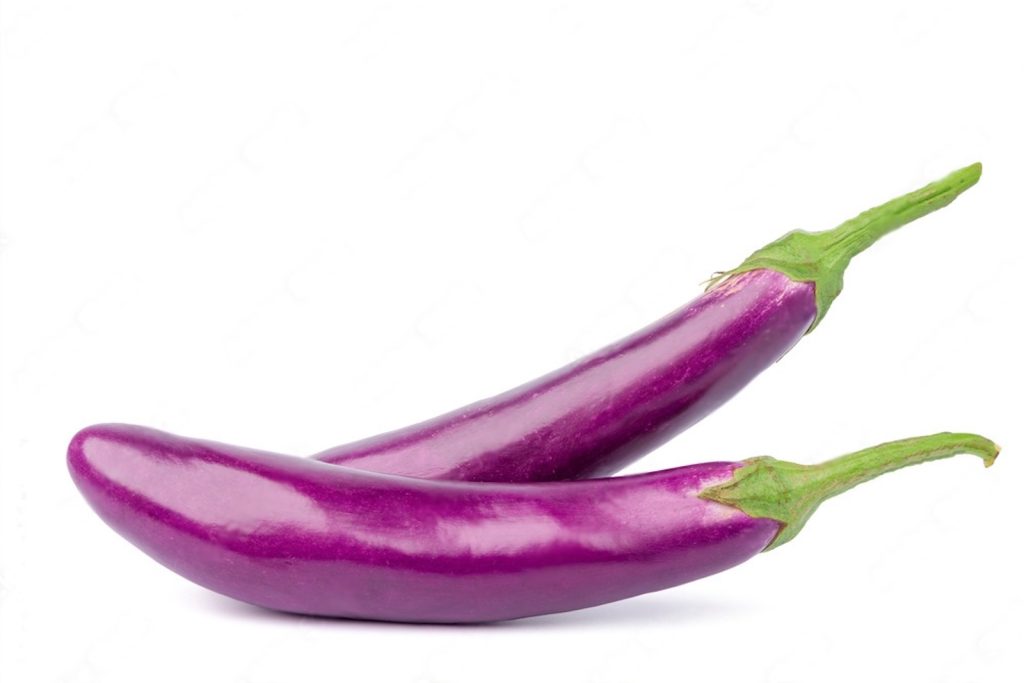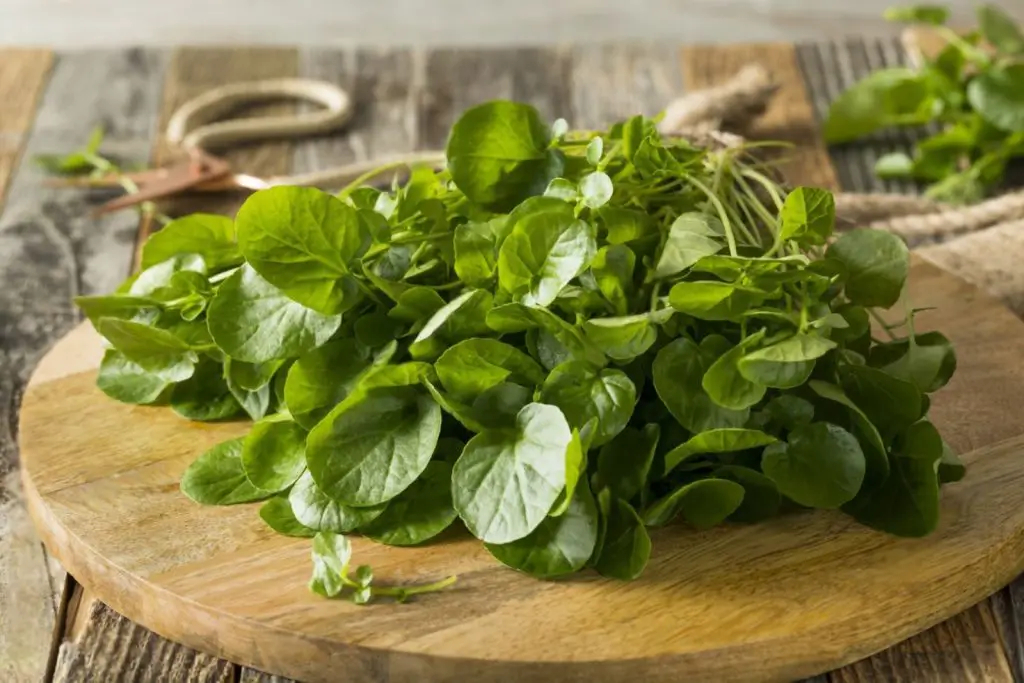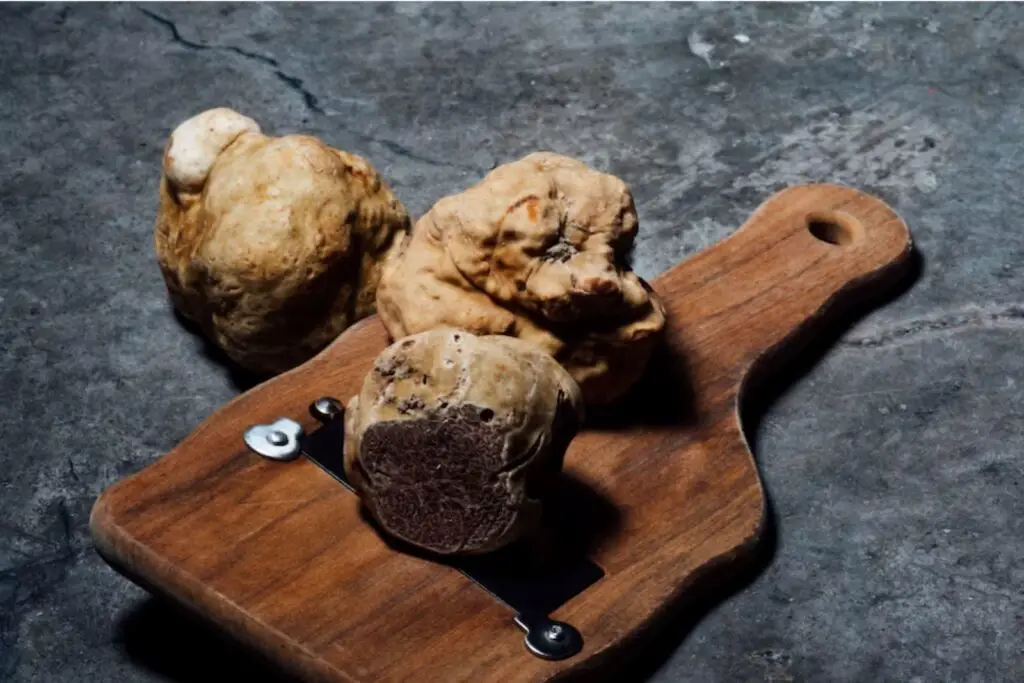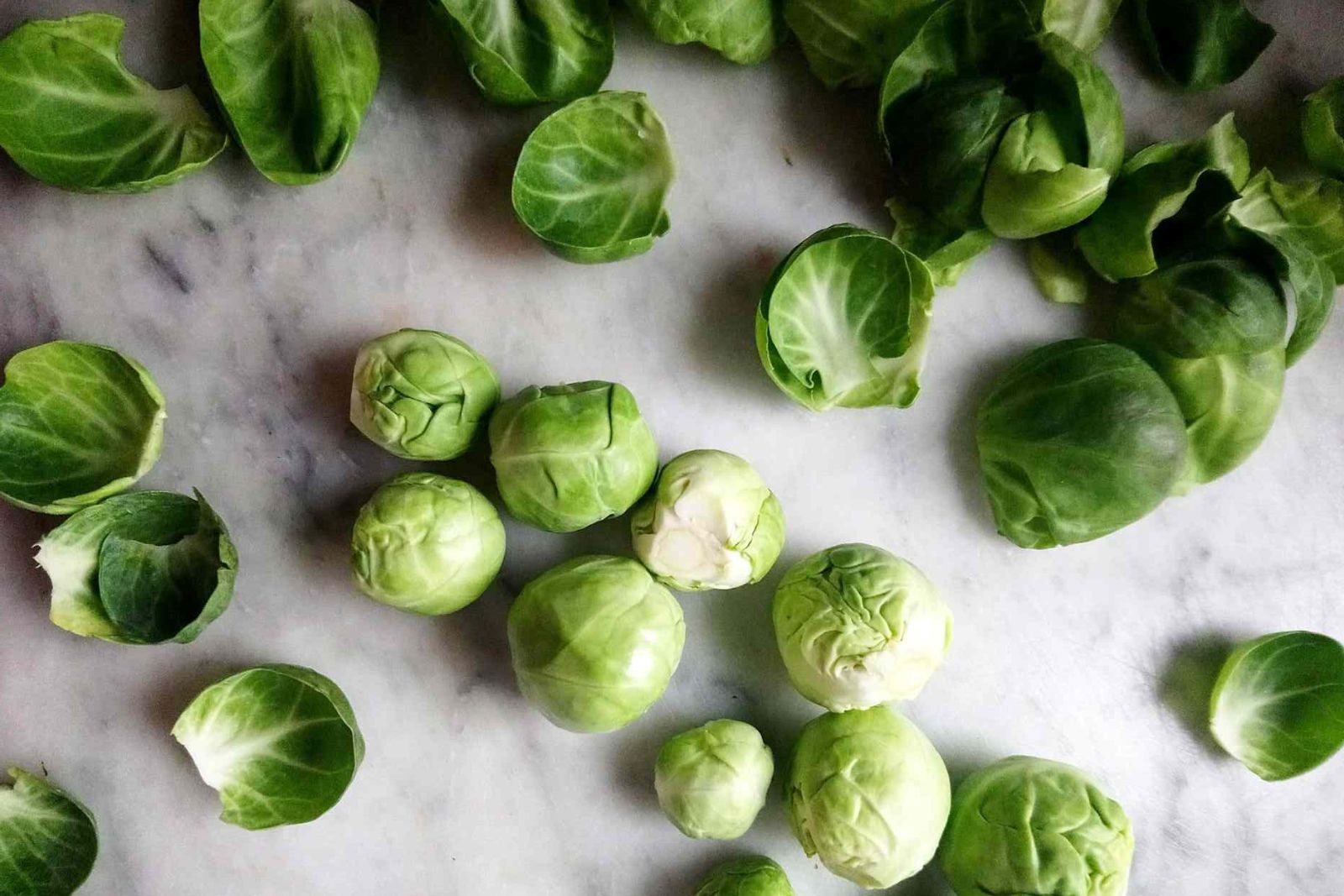
Brussels sprouts, miniature cabbage-like vegetables, have experienced a resurgence in popularity as a versatile and nutritious addition to meals. Packed with vitamins, fiber, and antioxidants, these cruciferous vegetables offer a range of health benefits. While Brussels sprouts are commonly enjoyed when fresh, freezing them can be a convenient way to preserve their quality and extend their shelf life. Freezing Brussels sprouts allows you to have this nutritious vegetable readily available for future use, whether as a side dish, in stir-fries or as a flavorful addition to soups and stews. In this guide, we will explore the best methods for freezing Brussels sprouts, ensuring that you can enjoy their distinct taste and nutritional value throughout the year.
Here’s a step-by-step guide on how to freeze Brussels sprouts:
- Step 1: Select and prepare the Brussels sprouts
- Step 2: Blanch the Brussels sprouts
- Step 3: Dry the Brussels sprouts
- Step 4: Portion and pack the Brussels sprouts
- Step 5: Flash freeze the Brussels sprouts
- Step 6: Package the Brussels sprouts
- Step 7: Label and date the package
- Step 8: Store the Brussels sprouts in the freezer
Step 1: Select and prepare the Brussels sprouts
To ensure the best quality when freezing Brussels sprouts, it’s important to select fresh and firm sprouts. Here’s a closer look at why this step is essential and how to properly prepare the Brussels sprouts for freezing.
Choosing fresh and firm Brussels sprouts is crucial because it guarantees that you’re starting with a vegetable that is at its peak in terms of flavor, texture, and nutritional value. Fresh Brussels sprouts will have tightly compacted leaves and vibrant green color. Avoid sprouts that show signs of wilting, browning, or softness, as these are indications of age and potential loss of quality.
When you have selected your Brussels sprouts, it’s time to prepare them for freezing. Begin by inspecting each sprout and removing any loose or discolored outer leaves. These leaves can become limp or spoil faster, so it’s best to discard them. Removing the outer leaves also allows for better airflow and helps prevent the sprouts from developing a bitter taste during freezing.
After removing the outer leaves, trim the stem ends of the Brussels sprouts. Cut off about 1/4 inch from the stem end, removing any dry or damaged parts. Trimming the stem ends not only improves the appearance of the sprouts but also helps them cook more evenly and maintain their texture during freezing and subsequent cooking.
Can I freeze Brussels sprouts with the stalk intact?
It is generally not recommended to freeze Brussels sprouts with the stalk intact. The stalk is thick and dense, which can hinder the freezing process and result in uneven freezing. It is best to remove the sprouts from the stalk, trim and prepare them individually before freezing for optimal results.
Can I freeze Brussels sprouts without cutting them in half?
Yes, you can freeze Brussels sprouts without cutting them in half. Freezing them whole will retain their original shape and texture. However, it’s important to blanch them before freezing to ensure quality preservation, as blanching helps to deactivate enzymes that can lead to deterioration during storage.
Can I freeze Brussels sprouts leaves or just the whole sprouts?
It is generally not recommended to freeze Brussels sprout leaves on their own. The leaves are delicate and can become limp and lose their texture during the freezing process. It’s best to freeze whole Brussels sprouts or halved sprouts, as they will maintain their structure and texture better when frozen.
Can I freeze Brussels sprouts directly from the grocery store?
While it’s technically possible to freeze Brussels sprouts directly from the grocery store, it is generally recommended to blanch them first. Blanching helps to preserve the flavor, texture, and color of the sprouts by inactivating enzymes. Freezing them without blanching may result in a lower-quality end product with potential texture and taste changes.
Step 2: Blanch the Brussels sprouts
Blanching is a crucial step when freezing Brussels sprouts as it helps preserve their flavor, texture, and color. Let’s delve into why blanching is important and how to properly execute this process.
Blanching involves briefly immersing the Brussels sprouts in boiling water, followed by rapid cooling in an ice bath. This method helps to deactivate enzymes present in the sprouts that can cause loss of flavor, texture deterioration, and color changes during freezing. The blanching process slows down enzymatic activity, thereby preserving the overall quality of the Brussels sprouts.
To begin, bring a large pot of water to a rolling boil. It’s important to use enough water to fully submerge the sprouts and maintain a vigorous boil throughout the blanching process. Meanwhile, prepare an ice bath in a large bowl or basin by filling it with cold water and adding a generous amount of ice.
Once the water is boiling, carefully add the Brussels sprouts to the pot. It’s recommended to blanch them in small batches to prevent overcrowding and ensure even cooking. Allow the sprouts to boil for about 3-5 minutes, depending on their size. During this time, the sprouts will become slightly tender.
After the blanching time is complete, promptly remove the sprouts from the boiling water using a slotted spoon or tongs. Immediately transfer them to the prepared ice bath. The ice bath serves two purposes: it rapidly cools down the sprouts, halting the cooking process, and helps retain their crispness and vibrant green color.
Allow the Brussels sprouts to sit in the ice bath for the same duration as the blanching time. This ensures that they are thoroughly cooled and prevents any residual heat from further cooking them. Once cooled, remove the sprouts from the ice bath and let them drain thoroughly. It’s important to remove excess moisture to prevent the formation of ice crystals during freezing, which can adversely affect the texture of the sprouts.
Is it okay to freeze Brussels sprouts without blanching them first?
While it is technically possible to freeze Brussels sprouts without blanching them first, it is generally not recommended. Blanching helps preserve the quality, flavor, and texture of the sprouts by inactivating enzymes that can lead to degradation during freezing. Skipping the blanching step may result in a lower-quality end product with potential texture and taste changes.
Can I freeze Brussels sprouts that have been steamed instead of blanched?
Yes, you can freeze Brussels sprouts that have been steamed instead of blanched. Steaming helps to partially cook the sprouts and preserve their texture. While blanching is the traditional method recommended for freezing, steamed Brussels sprouts can be frozen as an alternative, ensuring they are cooled down before placing them in the freezer.
Step 3: Dry the Brussels sprouts
After blanching the Brussels sprouts, it is essential to dry them thoroughly before proceeding with the freezing process. Drying the sprouts helps to remove excess moisture, which, if left on the surface, can lead to the formation of ice crystals during freezing. Here’s why drying is important and how to effectively carry out this step.
Once the Brussels sprouts have finished their blanching time, carefully remove them from the ice bath or cold water. Allow the sprouts to drain in a colander or sieve to eliminate the majority of the water. While draining, gently shake the colander to help remove excess moisture.
After the initial draining, it’s important to pat the Brussels sprouts dry with a clean kitchen towel or paper towel. Simply place the sprouts on the towel or paper towels and gently blot them to absorb any remaining water. Take care not to squeeze or press too firmly, as this may damage the sprouts’ delicate structure.
The goal of drying the Brussels sprouts is to remove as much surface moisture as possible. This is crucial because any residual water can turn into ice crystals during the freezing process. Ice crystals can lead to freezer burn and adversely affect the texture and quality of the sprouts. By thoroughly drying them, you minimize the risk of ice crystal formation and maintain the sprouts’ optimal texture and flavor.
Once the Brussels sprouts are adequately dried, they are ready to proceed to the next step of the freezing process. Properly drying the sprouts is a simple yet vital step that helps preserve the quality of the vegetables and ensures they retain their taste and texture when you’re ready to use them after freezing.
Step 4: Portion and pack the Brussels sprouts
When freezing Brussels sprouts, it’s important to consider the convenience of portion sizes and to prevent the sprouts from sticking together. Here’s why portioning and proper packing are crucial and how to effectively carry out this step.
After drying the Brussels sprouts, you have the option to freeze them as whole sprouts or halve them for more convenient portion sizes. Halving the sprouts can make it easier to thaw and use only the amount you need without having to thaw the entire batch.
If you decide to freeze the sprouts in smaller portions, vertically cut them in half. This not only creates more manageable serving sizes but also allows for more efficient freezing and thawing. Halving the sprouts helps to reduce the overall freezing and thawing time, ensuring that the texture and flavor remain intact.
To prevent the Brussels sprouts from sticking together during freezing, it’s important to arrange them in a single layer. Prepare a baking sheet by lining it with parchment paper or a silicone mat. Placing the sprouts in a single layer ensures that they freeze individually and don’t clump together.
When arranging the Brussels sprouts on the baking sheet, make sure they are not touching each other. Leave a small space between each sprout to ensure proper airflow during freezing. This prevents them from sticking together and makes it easier to remove the desired amount when you’re ready to use them.
Properly portioning and packing the Brussels sprouts during freezing allows for easier storage, thawing, and usage. Whether you choose to freeze them as whole sprouts or halved portions, ensuring they are arranged in a single layer with enough space between each sprout helps maintain their individuality and quality throughout the freezing process.
Step 5: Flash freeze the Brussels sprouts
Flash freezing is a crucial step in the process of freezing Brussels sprouts. It involves rapidly freezing the individual sprouts on a baking sheet before transferring them to their final storage containers. Here’s why flash freezing is important and how it helps preserve the texture and prevent the clumping of Brussels sprouts.
After portioning and packing the Brussels sprouts on a baking sheet, it’s time to transfer them to the freezer for flash freezing. Flash freezing involves freezing the sprouts at a very low temperature for a short period of time. This quick freezing process is essential for preserving the quality of the Brussels sprouts.
Flash freezing ensures that the sprouts freeze rapidly and uniformly, preventing the formation of large ice crystals within the vegetable cells. When food freezes slowly, larger ice crystals can form, which can damage the cell structure and result in a mushy texture upon thawing. By freezing the Brussels sprouts quickly, the formation of smaller ice crystals is promoted, maintaining the integrity of the sprouts’ texture.
During flash freezing, it’s important to freeze the Brussels sprouts until they are solid. The exact freezing time can vary depending on the size and thickness of the sprouts, but it typically takes a few hours. It’s recommended to check the sprouts periodically and ensure that they are completely frozen before proceeding to the next step.
Once the Brussels sprouts are completely frozen, they are ready to be transferred to their final storage containers. Flash freezing plays a vital role in maintaining the quality of the sprouts during freezing and ensures that you can enjoy them with minimal loss of texture and flavor when you’re ready to use them.
Step 6: Package the Brussels sprouts
After flash-freezing the Brussels sprouts, it’s time to package them in a way that ensures long-term storage and maintains their quality. Proper packaging helps prevent freezer burn and keeps the Brussels sprouts fresh and flavorful. Here’s why packaging is important and how to effectively carry out this step.
Once the Brussels sprouts are solidly frozen on the baking sheet, transfer them to airtight freezer bags or containers. Airtight packaging is crucial as it creates a barrier that helps prevent the sprouts from being exposed to air, which can cause freezer burn.
Freezer bags specifically designed for freezing food are an excellent choice for packaging Brussels sprouts. Ensure that the bags are sturdy and have a reliable seal to prevent air from entering. Alternatively, you can use airtight freezer-safe containers made of plastic or glass with tight-fitting lids.
Before sealing the bags or containers, it’s important to remove as much air as possible. Squeeze out the excess air from the bags or press down gently on the Brussels sprouts in the containers before sealing them tightly. Removing excess air minimizes the potential for freezer burn, which can negatively affect the texture and taste of the sprouts over time.
Freezer burn occurs when moisture within the food turns into ice crystals, leading to dehydration and oxidation. By properly packaging the Brussels sprouts and removing excess air, you create a protective environment that helps maintain their quality during storage.
Proper packaging of the frozen Brussels sprouts plays a crucial role in preserving their taste, texture, and overall quality during storage. By using airtight freezer bags or containers, removing excess air, and labeling the packages, you can enjoy flavorful Brussels sprouts for an extended period without the risk of freezer burn.
Step 7: Label and date the package
Labeling and dating the freezer bags or containers containing the frozen Brussels sprouts is an important final step in the freezing process. It helps you identify the contents and keep track of their freshness, ensuring that you use them in a timely manner. Here’s why labeling and dating are crucial and how to effectively carry out this step.
When freezing Brussels sprouts, it’s easy to forget what you’ve stored in the freezer, especially if you have multiple items. Labeling the freezer bags or containers with the contents helps you quickly identify the Brussels sprouts later on without the need for guesswork or unnecessary thawing.
Clearly write “Brussels sprouts” on the label to indicate the contents. This simple step prevents confusion and ensures that you can easily locate the sprouts when you’re ready to use them.
Additionally, dating the packages is essential for keeping track of the storage time and freshness of the Brussels sprouts. Write the date of freezing on the label to provide a reference point. This allows you to prioritize using the oldest packages first, ensuring that you rotate your frozen Brussels sprouts and use them within the recommended storage time frame.
When it’s time to use the frozen Brussels sprouts, having clear labels and dates allows you to plan your meals more effectively. You can easily determine which packages need to be thawed and used first, reducing food waste and ensuring that you enjoy the Brussels sprouts while they are still in their prime.
Labeling and dating the freezer bags or containers containing the Brussels sprouts is a simple yet crucial step that promotes organization, freshness, and efficient usage of your frozen vegetables.
Step 8: Store the Brussels sprouts in the freezer
Once you have labeled and dated the freezer bags or containers containing the Brussels sprouts, it’s time to store them in the freezer. Proper storage ensures that the sprouts remain fresh and maintain their flavor and quality over an extended period. Here’s why storing them correctly is important and how to effectively carry out this step.
Place the labeled bags or containers of Brussels sprouts in the freezer. It’s essential to store them in a location where they will be undisturbed and protected from fluctuations in temperature. Ideally, place them in the coldest part of your freezer, such as the back or the bottom shelf, to maintain a consistently low temperature.
When storing Brussels sprouts, it’s important to note the recommended storage time. Over time, frozen vegetables may start to lose their texture, flavor, and nutritional value, so it’s advisable to use them within the recommended timeframe.
Regularly check the freezer temperature to ensure it remains at or below 0°F (-18°C). Fluctuations in temperature can affect the quality of the frozen Brussels sprouts. If your freezer has a temperature display, monitor it periodically to ensure it is functioning properly.
It’s also important to be mindful of how the Brussels sprouts are stored in the freezer. Avoid overcrowding or stacking the packages, as this can lead to uneven freezing and potentially compromise the quality of the sprouts. Maintaining proper airflow around the packages helps ensure consistent freezing and prevents the formation of ice crystals.
How long can I freeze Brussels sprouts?
You can freeze Brussels sprouts for up to 12 months. However, it’s recommended to consume them within 6-8 months for optimal flavor and quality. Freezing helps preserve their texture, flavor, and nutritional value, but prolonged freezing can gradually affect their overall quality. Proper storage in airtight containers or freezer bags, maintaining a constant freezing temperature, and adhering to the recommended storage time will help ensure the best results when using frozen Brussels sprouts.
Other related questions
How do I thaw frozen Brussels sprouts?
To thaw frozen Brussels sprouts, remove the desired amount from the freezer and transfer them to the refrigerator. Allow the sprouts to thaw slowly in the refrigerator for several hours or overnight. Avoid thawing them at room temperature to minimize the risk of bacterial growth. Once thawed, the Brussels sprouts can be used in your preferred recipe or cooked according to your desired method.
Can I refreeze Brussels sprouts that have been previously thawed?
It is generally not recommended to refreeze Brussels sprouts that have been previously thawed. Once thawed, the texture and quality of the sprouts may deteriorate, and refreezing them can further impact their taste and overall freshness. Additionally, the process of thawing and refreezing can increase the risk of bacterial growth and foodborne illnesses. To maintain the best quality, it’s advisable to only thaw the amount of Brussels sprouts you plan to use and avoid refreezing any leftovers.
How do I know if my frozen Brussels sprouts have gone bad?
To determine if frozen Brussels sprouts have gone bad, there are a few signs to look for. First, check for any noticeable changes in color. If the sprouts have become significantly discolored or have developed dark spots, it may indicate spoilage. Second, examine the texture. If the Brussels sprouts appear mushy, slimy or have an unpleasant texture, it’s a sign of potential spoilage. Third, trust your sense of smell. If the frozen sprouts emit a strong, off-putting odor, it’s an indication that they may have gone bad. Lastly, if you are in doubt about the quality or safety of the frozen Brussels sprouts, it is best to discard them to avoid any risk of foodborne illness.
Can I use frozen Brussels sprouts with fresh ones?
Yes, you can use frozen Brussels sprouts alongside fresh ones, but it’s important to consider the differences in texture and cooking time. Frozen Brussels sprouts tend to be slightly softer than fresh ones, as freezing can affect their texture. If using them together in a recipe, add the frozen sprouts towards the end of the cooking process to prevent them from becoming overcooked. Keep in mind that frozen sprouts may release more moisture during cooking, so adjust the cooking time or liquid content accordingly. Overall, combining fresh and frozen Brussels sprouts can be a convenient option, allowing you to enjoy the vegetable year-round.
Can I freeze Brussels sprouts that have been seasoned with herbs and spices?
It is generally recommended to freeze Brussels sprouts without seasoning. Seasonings and spices can sometimes intensify or change in flavor during freezing and thawing, potentially affecting the overall taste of the sprouts. To maintain the best flavor and flexibility in using the frozen Brussels sprouts, it’s advised to add seasonings and spices after thawing and incorporating them into your desired recipe.
Can I freeze Brussels sprouts that have been marinated?
It is not recommended to freeze Brussels sprouts that have been marinated. Marinating involves soaking the sprouts in a liquid mixture, which can alter their texture and taste during freezing and thawing. Additionally, the marinade may become watery or separate during the freezing process, affecting the overall quality of the sprouts. It’s best to freeze Brussels sprouts without marination and add the marinade after thawing for optimal flavor and texture.
Can I freeze Brussels sprouts if they have started to turn yellow?
It is generally not advisable to freeze Brussels sprouts that have started to turn yellow. The yellowing of Brussels sprouts can be an indication of reduced freshness and potential deterioration. Freezing them in this state may lead to further degradation in texture and flavor. It’s recommended to use fresh, vibrant green Brussels sprouts for freezing to ensure the best results.
Can I freeze Brussels sprouts that have been sautéed?
While it is possible to freeze sautéed Brussels sprouts, their texture may change upon thawing and reheating. Sautéing can cause the sprouts to become softer, and freezing them may further contribute to a softer texture. If you plan to freeze sautéed Brussels sprouts, it’s best to slightly undercook them during the sautéing process to retain some firmness when reheated.
Can I freeze Brussels sprouts that have been pickled?
It is generally not recommended to freeze Brussels sprouts that have been pickled. Freezing can alter the texture and flavor of pickled vegetables, including Brussels sprouts, resulting in a less desirable taste and texture upon thawing. Pickling solutions typically contain vinegar and other ingredients that may not freeze well and can affect the quality of the sprouts. It’s best to enjoy pickled Brussels sprouts within their refrigerated shelf life rather than freezing them.

